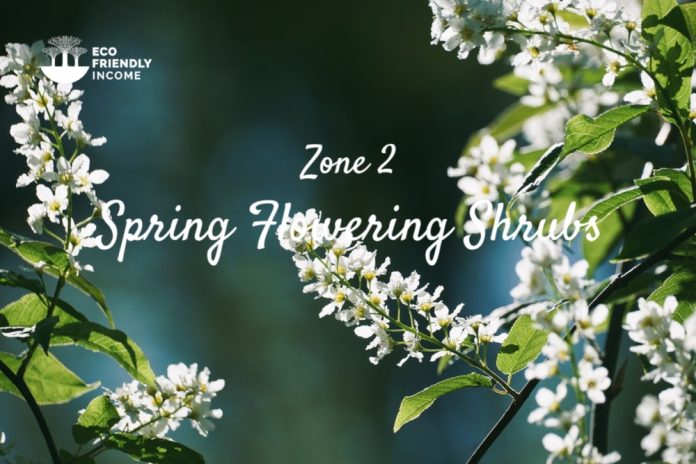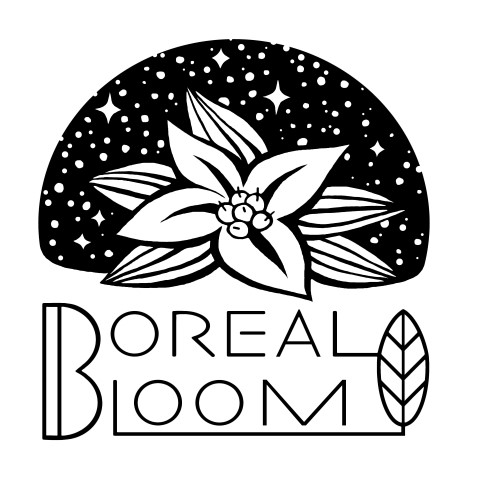Spring is a beautiful time of the year almost everywhere, it shouldn’t have to be different because you are in zone 2!
There are plenty of beautiful native plants that flower during spring in cold regions.
This year, when I went back into the forest for work, I really took a close look at spring flowers and made a list for you.
These shrubs are native to the boreal ecoregions of North America and can sustain the harshest of winters.
So what shrubs can you plant in your Zone 2 yard that will produce nice flowers in the spring?
Let’s take a look at them:
Zone 2 Spring Flowering Shrubs
Bird Cherry (Prunus pensylvanica)
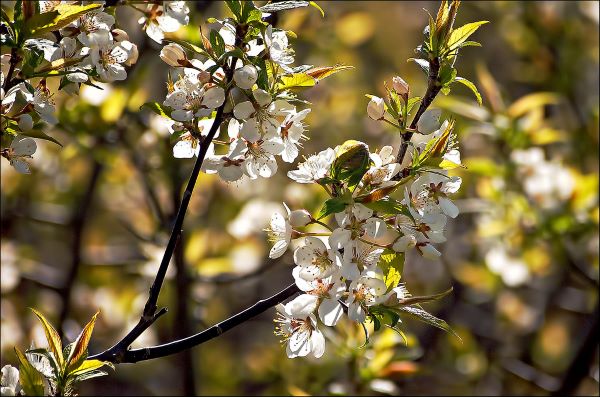
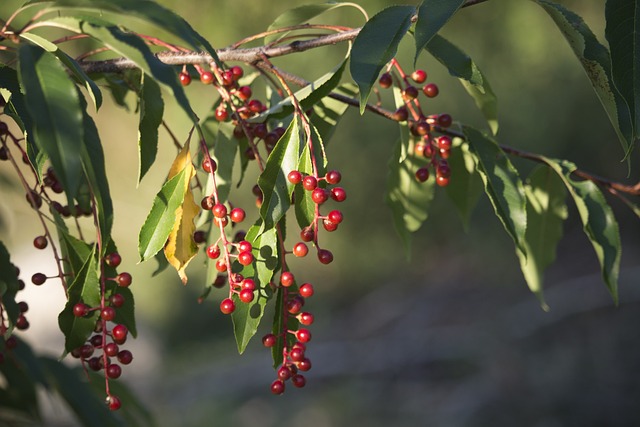
Bird cherry produces beautiful white flowers in the spring, followed by bright red fruits that are loved by birds.
It grows between a mid-sized shrub to a small tree, generally between 16-30 feet tall at maturity.
Mountain Ash (Sorbus americana)
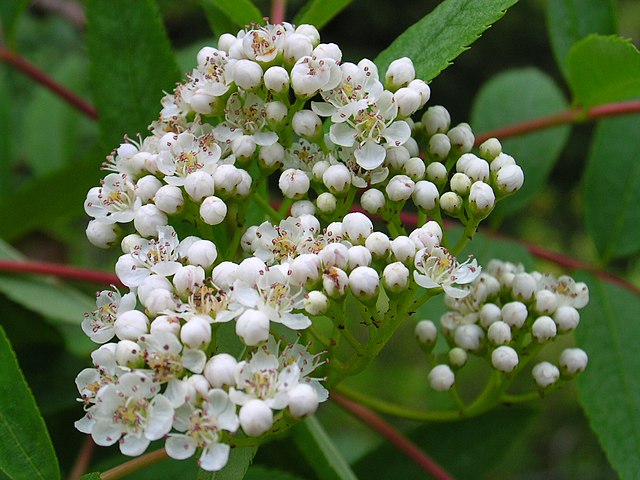
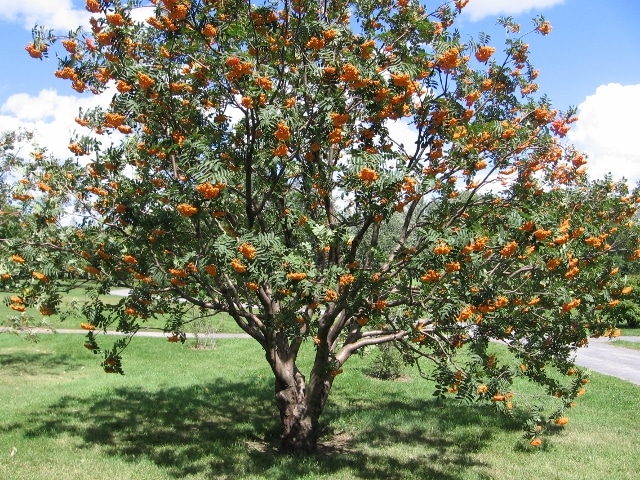
Another flowering plant that grows from a mid-sized shrub to a small tree. Spring blooms from mountain ash are white and numerous, followed by clusters of orange fruits.
Mountain ash stays relatively small but can reach up to 40 feet in height.
Bog Rosemary (Andromeda polifolia)
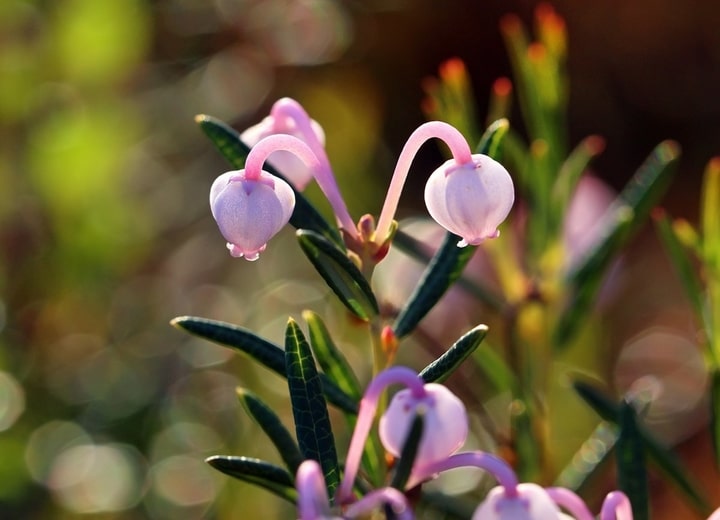
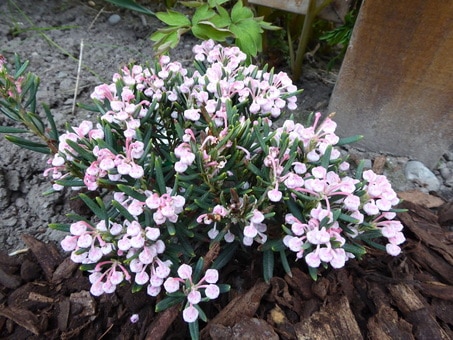
Bog rosemary offers truly unique spring flowers. It stays relatively small, growing no larger than a few feet tall and wide.
This hardy zone 2 flowering shrub is native to wetlands and bogs of the north. This makes them great candidates for planting in spots with more humidity and perhaps less drainage.
Bunchberry (Cornus canadensis)
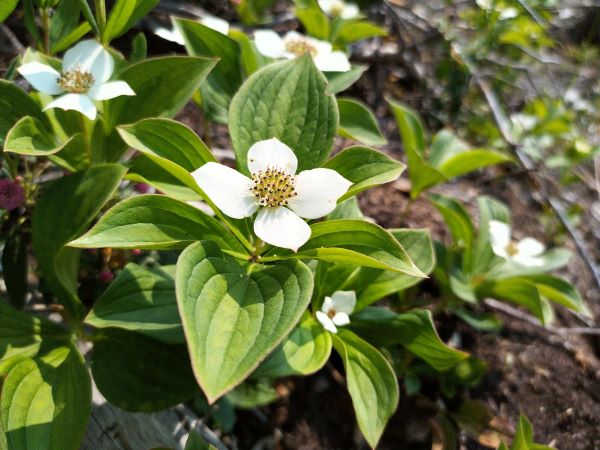
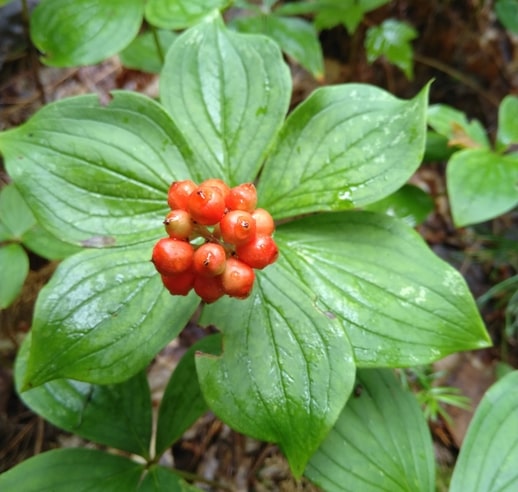
Bunchberry is considered a shrub, but it only grows a few inches tall. It’s actually better used as a ground cover under partially shaded gardens. It’ll do well growing through humus under mature trees.
The flowers in bloom make for a truly wonderful sight, as the ground will be covered in showy white flowers.
Bunchberry fruits are also edible, while having no particular flavor, they are full of gelatin which makes a great option for jams.
Common Snowberry (Symphoricarpos albus)
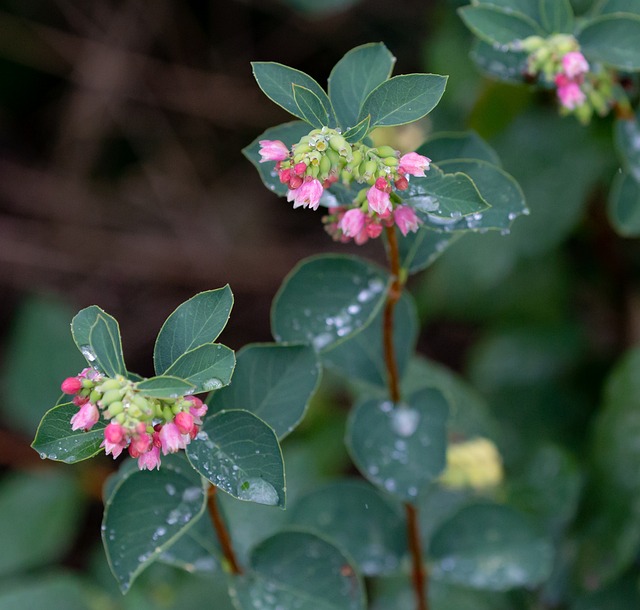
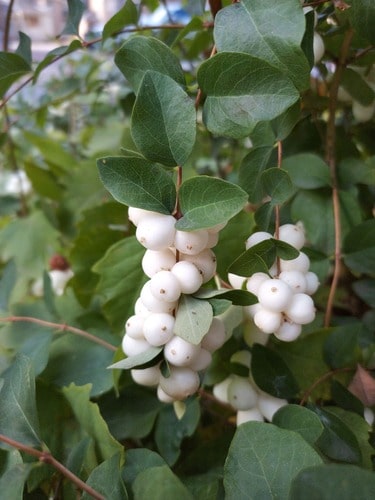
Common snowberry is another native shrub from northern regions that can really embellish your garden.
In the spring, it has small but striking pink flowers that may persist through summer, which are followed by clumps of showy white fruits.
Snowberries are not edible and are considered mildly toxic.
The shrub likes to grow tall, rather than wide, but at no more than 5-8 feet tall. They make for great shrubs to plant in between trees in a garden bed.
Bearberry (Arctostaphylos uva-ursi)
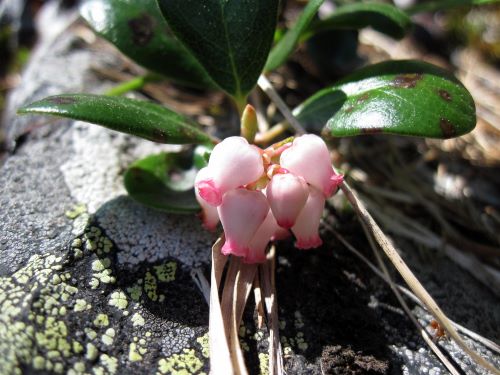
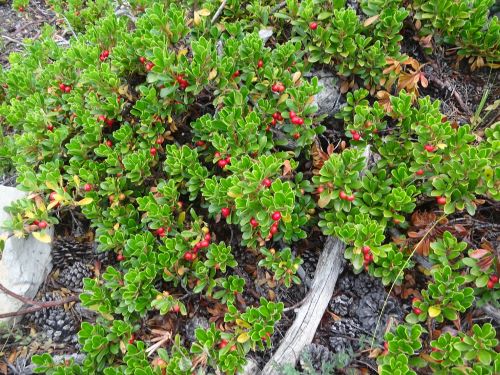
Bearberry is another small native shrub from the northern regions. It does well growing in zone 2, and produces beautiful pink flowers and bright red fruits.
It’s another great plant used as a ground cover that will truly beautify your garden during spring.
The fruits are not particularly tasty, but the leaves can be harvested for tea!
Pipsissewa (Chimaphila umbellata)
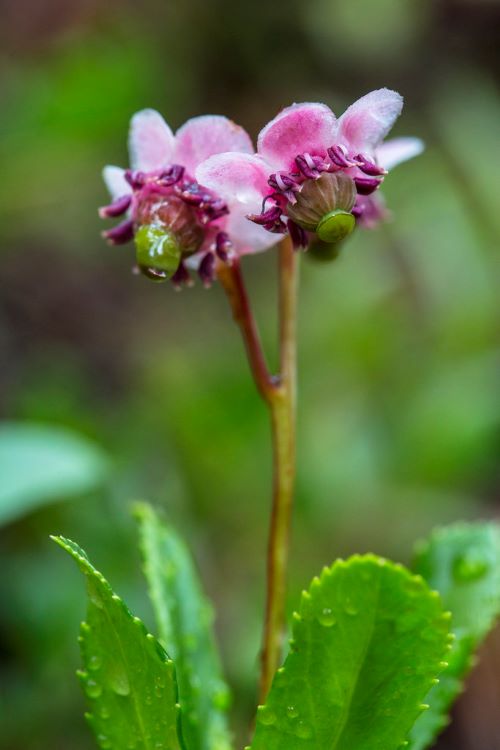
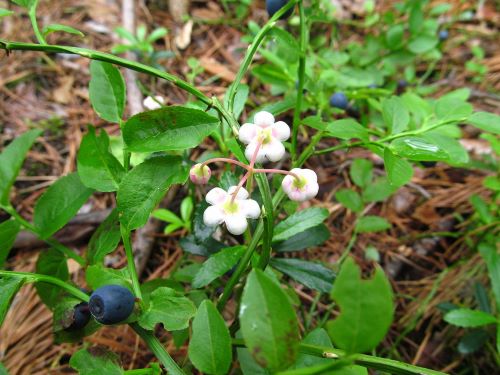
Pipsissewa is a less known zone 2 spring flowering shrub that is native to northern regions. It makes beautiful, umbrella-like flowers that will do well in a garden bed along your house.
They stay relatively small and only grow up to about 10 inches, but their leaves are evergreen, which means they’ll persist all year long.
Leatherleaf (Chamaedaphne calyculata)
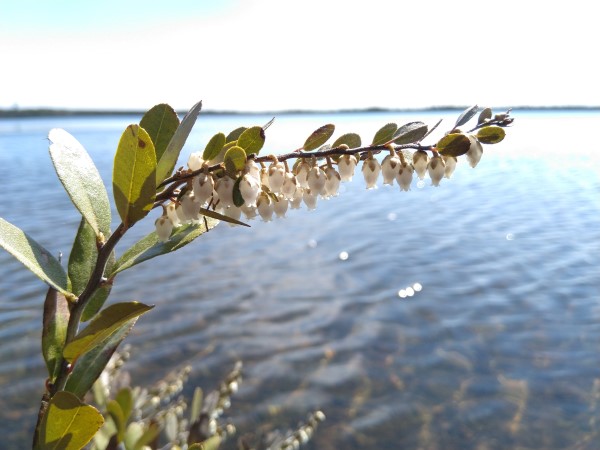
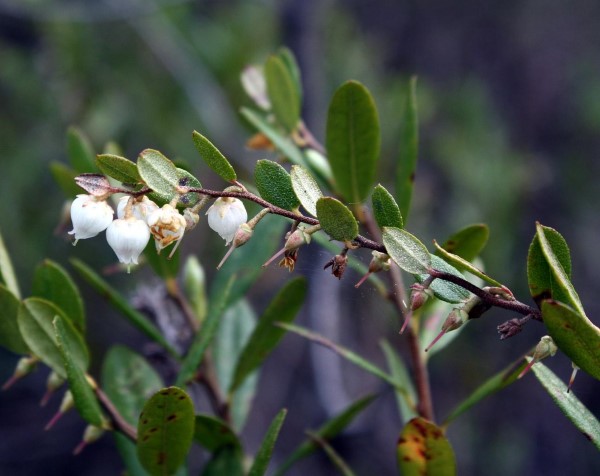
Leatherleaf is not a particularly showy shrub until spring comes around and it makes rows of beautiful bell-shaped flowers.
This zone 2 shrub can still grow to a fair height of 5-6 feet. It’s a good choice to grow on lakesides, creak-sides, ponds, or just areas with generally more water.
Sheep Laurel (Kalmia angustifolia)
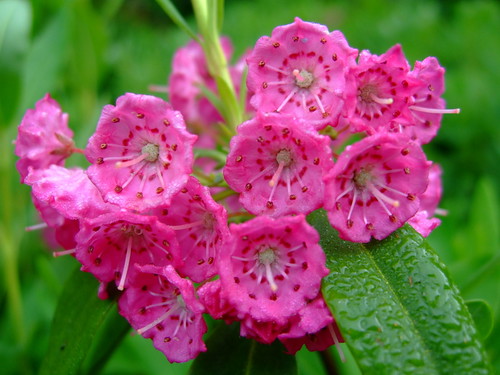
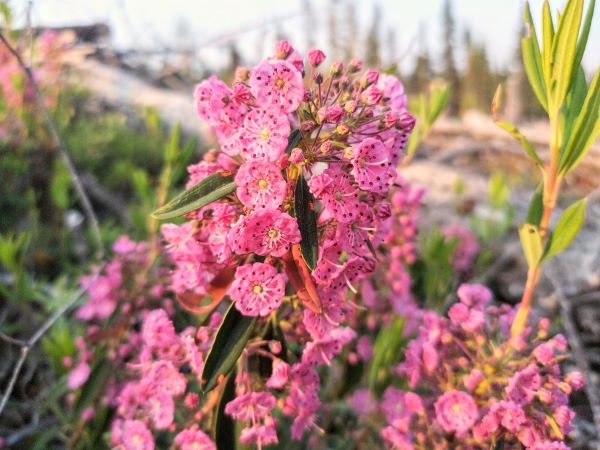
Kalmia is a truly gorgeous spring flowering plant that will surely dazzle the eyes of anyone looking at your garden.
When in bloom, sheep laurel flowers look like bright pink fireworks, it’s truly a beautiful shrub.
The shrub stays relatively short at 3 feet tall but can spread as far as 6 feet.
It’s important to note that this plant is toxic to sheep, and other animals such as dogs. They’re not the preferred food of these animals but it’s worth planting them beyond reach.
Rhodora (Rhododendron canadense)
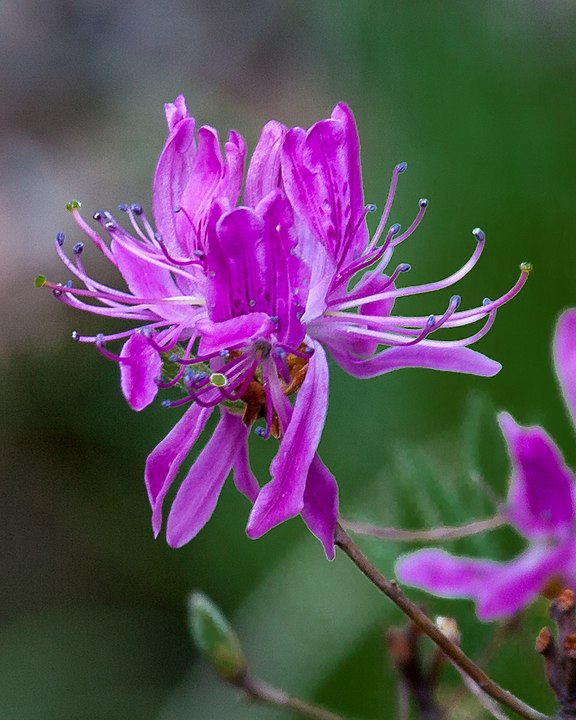
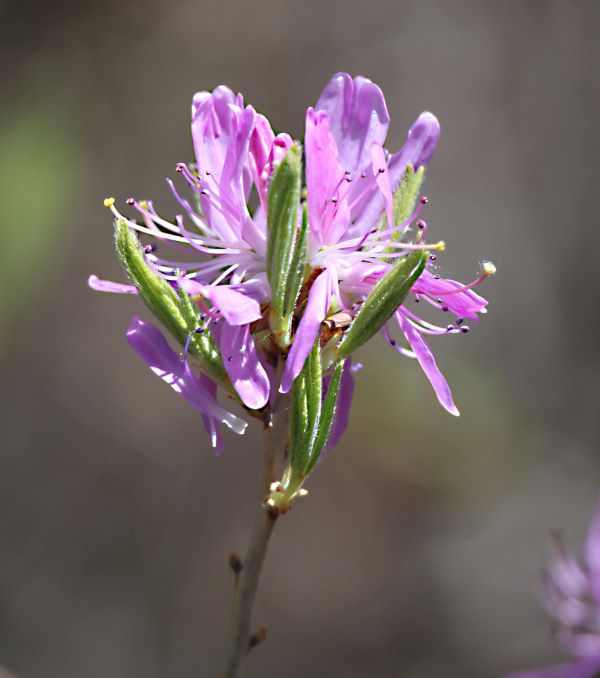
One of the most striking zone 2 native shrubs. Rhodora is a species of rhododendron that makes truly beautiful flowers.
Rhodora grows to be a medium-sized shrub at about 3-4 feet in height with a spread of 6 feet.
They’re a great choice to plant in open garden beds and will do great under full sun.
Serviceverry (Amelanchier alnifolia)
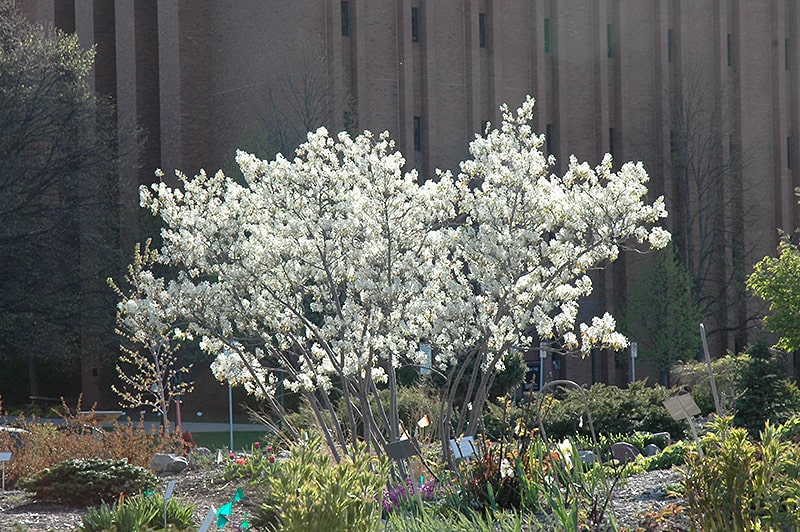
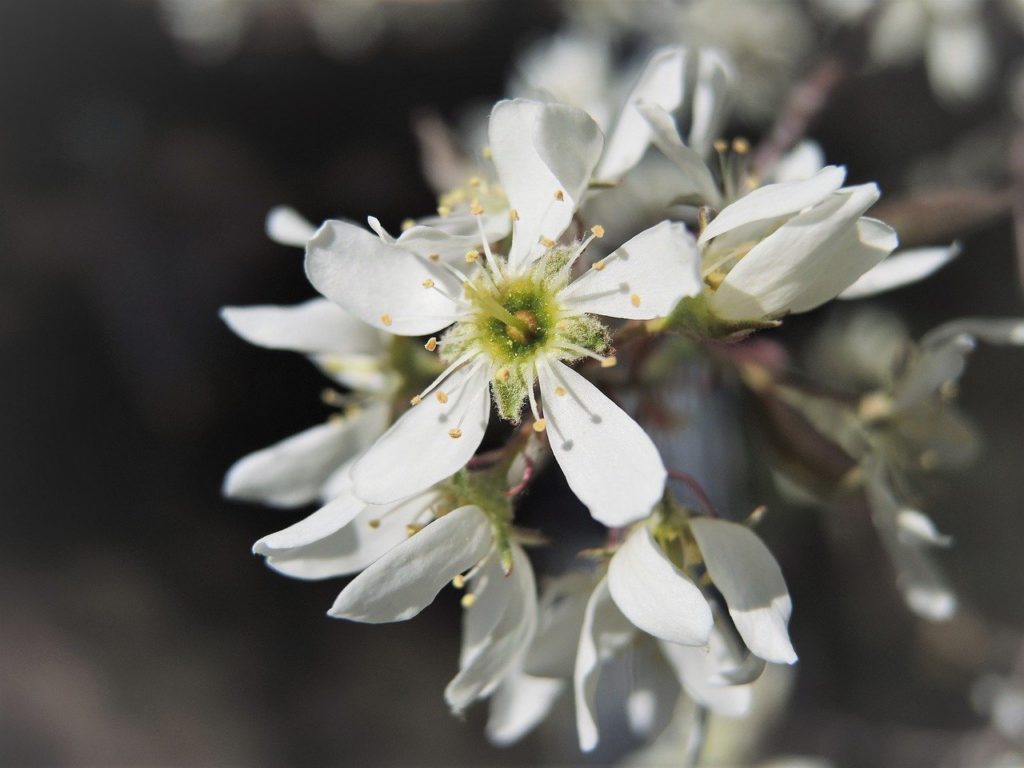
Truly one of the most gorgeous spring flowering shrubs. Serviceberry will not only look beautiful in the spring, but it will also give you a haul of juicy berries that are great for jams and cocktails!
Plant these as centerpieces in your garden and you won’t be disappointed.
Amelanchier bushes can grow as tall as 25 feet with a spread of 15 feet, but can also stay relatively small, depending on how you prune it.
Shrubby Cinquefoil (Dasiphora fruticosa)
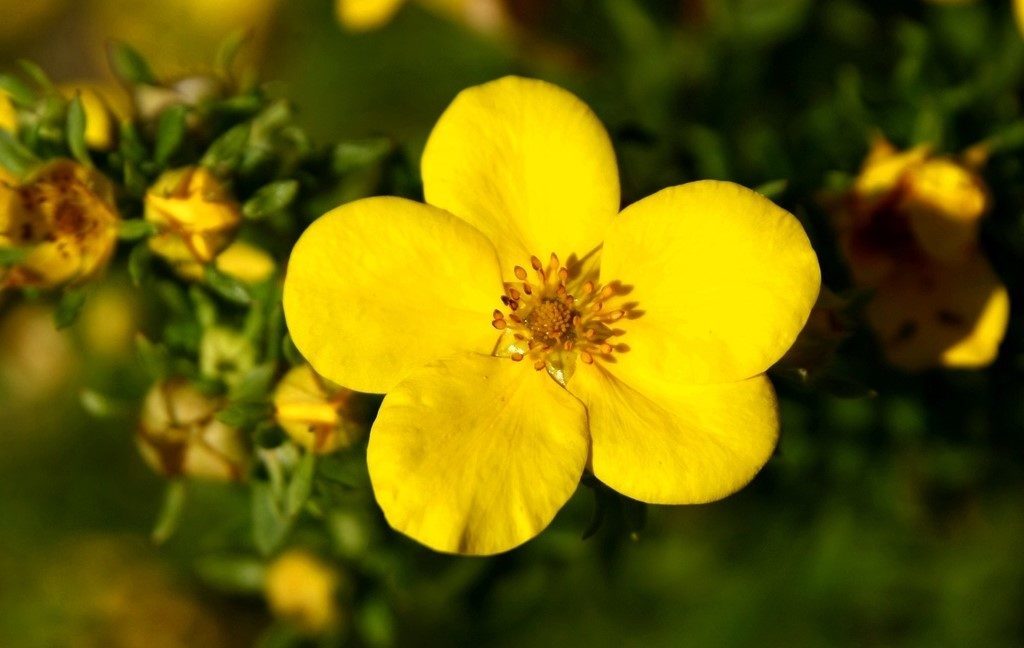
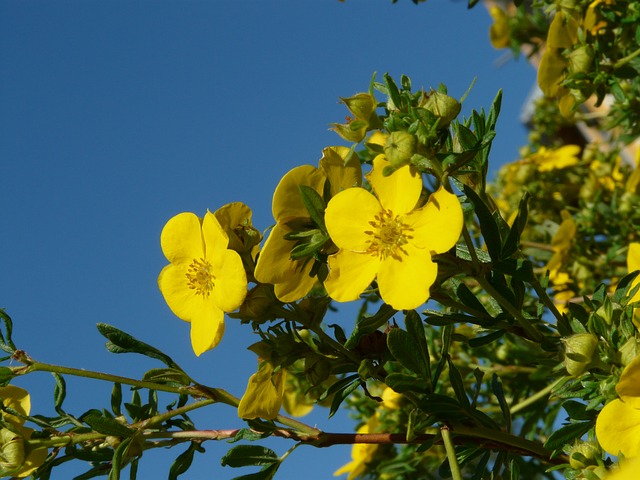
Another hardy native shrub that likes to grow in rocky areas. I’ve seen this grow on top of rocks right in the middle of the rapids of a river.
These bright yellow spring flowers are sure to bring a ray of color to your northern garden, they might just persist the whole summer as well!
Grow these in a rocky area and your cinquefoil will be happy without a problem.
Siberian Crabapple (Malus baccata)
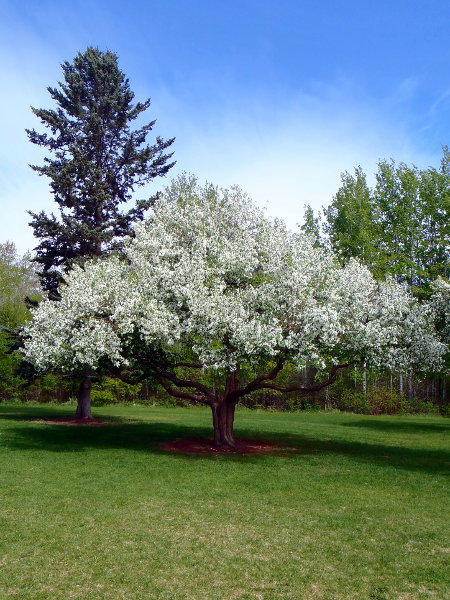
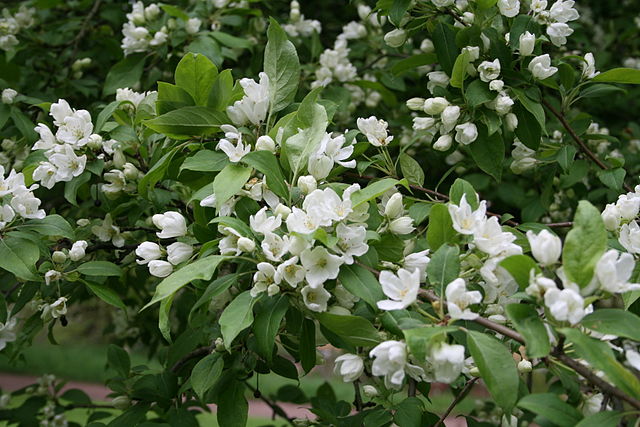
Siberian crabapple is a small tree that can also be grown as a shrub. A healthy tree is sure to turn some heads with the sheer number of flowers it produces.
They are great small trees for farmstead windbreaks, riverside plantings, and roadside beautification.
These shrubs will also produce little apples that are surely edible!
While it may be native to Siberia, it does have small pockets of populations in North America.
Wild Rose (Rosa acicularis)
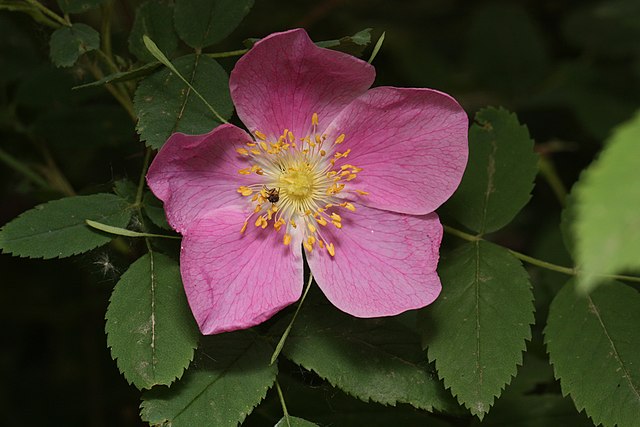
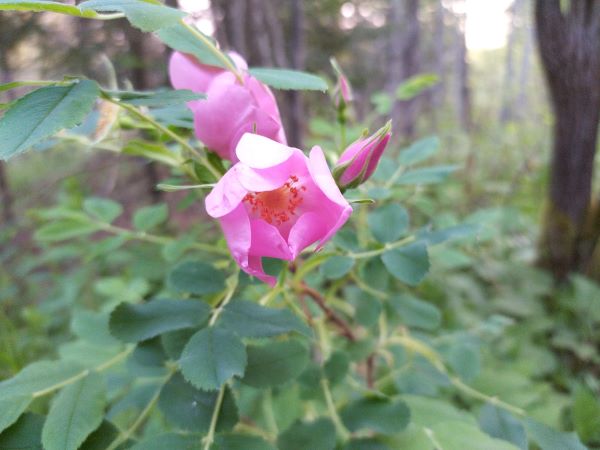
Wild roses are another native shrub that can easily stand zone 2 weather. It produces gorgeous pink flowers that attract all sorts of pollinators.
These shrubs do have prickles, which means they should be planted carefully.
They’ll do well on sandy lakesides, or even just garden beds by the side of your house.
They’re fairly medium size from 4-7 feet in height and about the same in width.
Canadian Elderberry (Sambucus nigra canadensis)
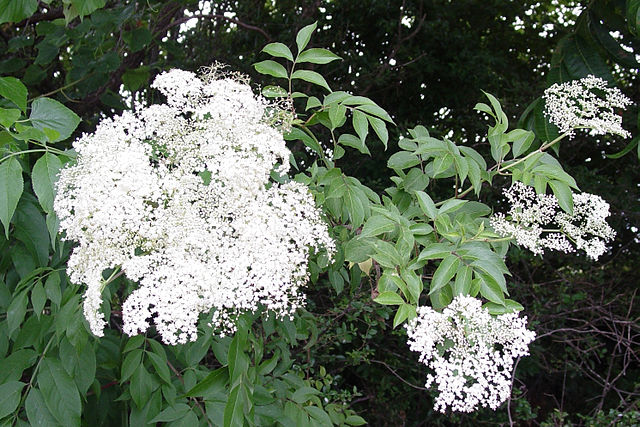
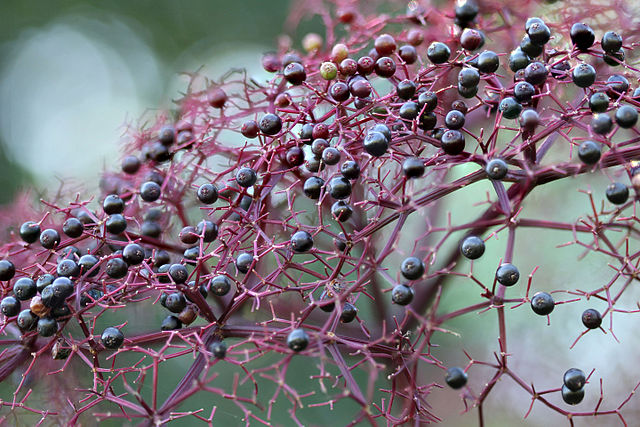
Canadian elderberry is another native shrub with gorgeous spring flowers which are followed by hefty clumps of fruits.
The flowers give off a sweet fragrance and can even be used for tea.
These shrubs can grow to decent heights and spread of about 12 feet, which makes them great standalone trees or great hedges.
Labrador Tea (Rhododendron groenlandicum)
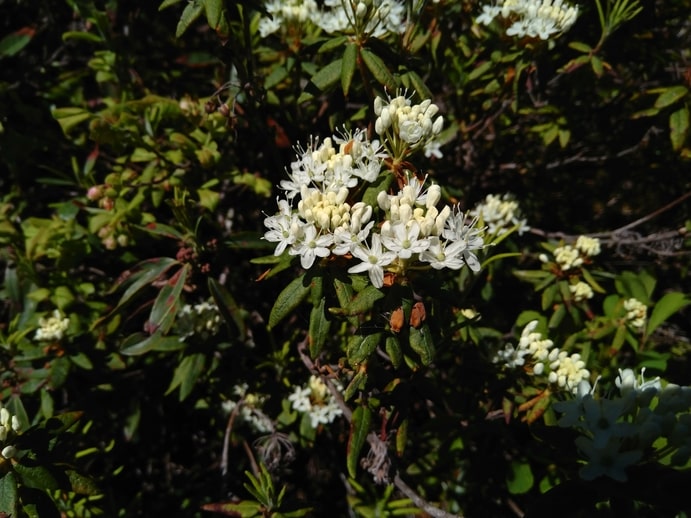
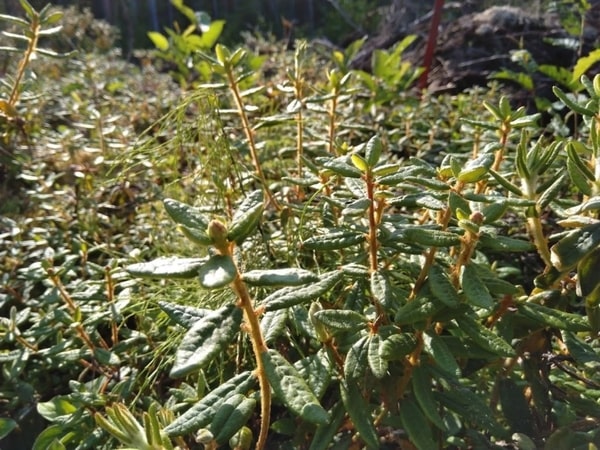
Labrador tea is a relatively small shrub with gorgeous spring flowers. It’s also very fragrant, even when it’s not blooming, it has a lemony scent.
It’s a great shrub to plant near wetlands, on the side of ponds, or generally wetter areas of your land.
Additionally, the leaves are also one of the best wild tea there is!
Twinflower (Linnea borealis)
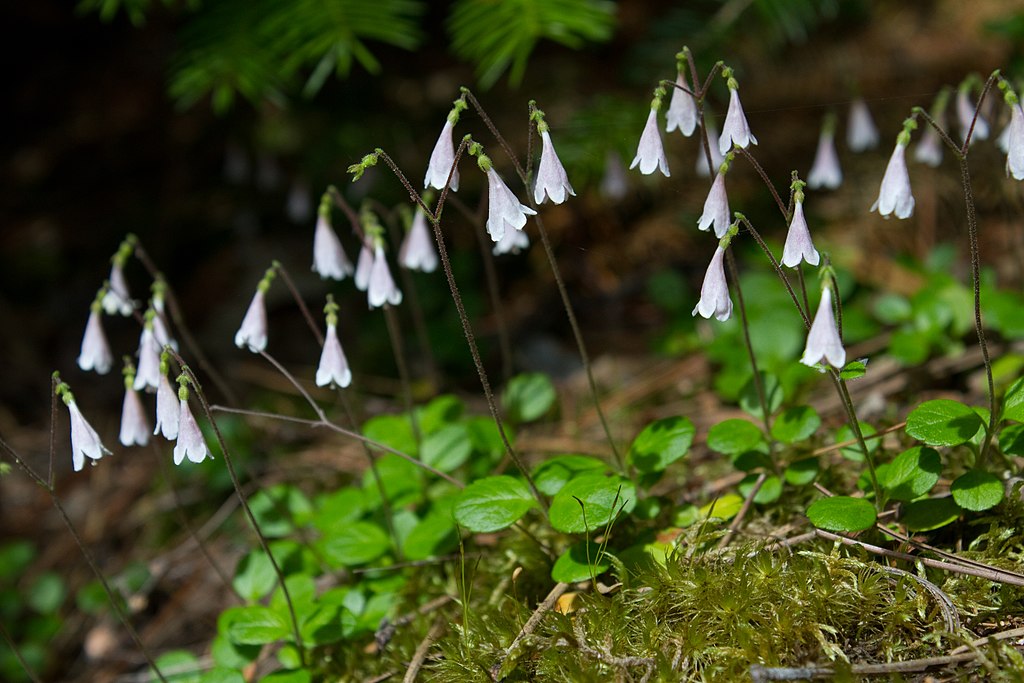
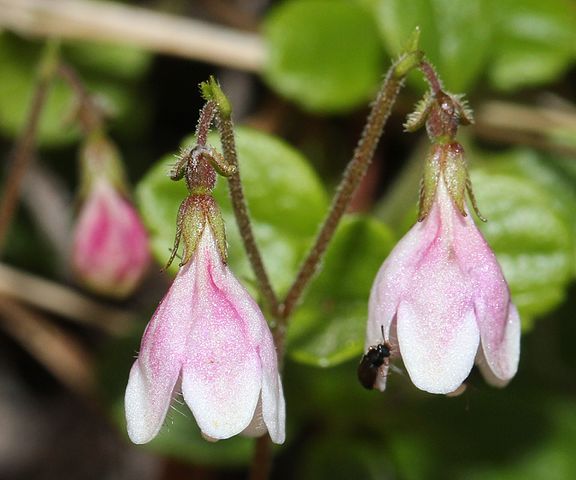
Twinflower is a beautiful ground-covering shrub with pretty spring flowers. To me, they look like little fairies hovering on the forest floor.
Twinflower is an evergreen shrub, which means its leaves will persist through winter.
It does not grow so large but will spread along the ground in a vine-like manner.
It’s a great plant to grow in a mossy spot of your yard, or under a mature tree.
Northern Wild Raisin (Viburnum nudum. var Cassinoides)
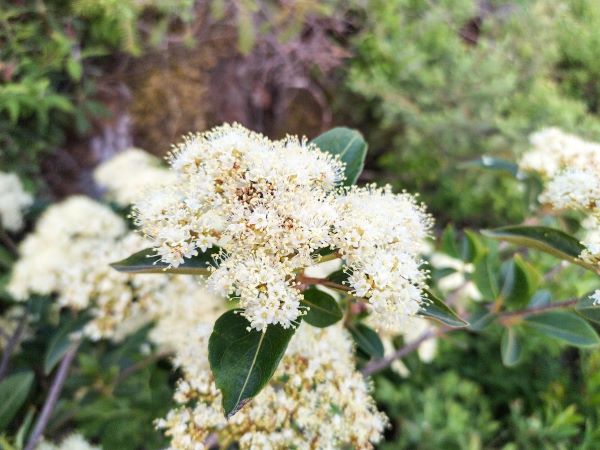
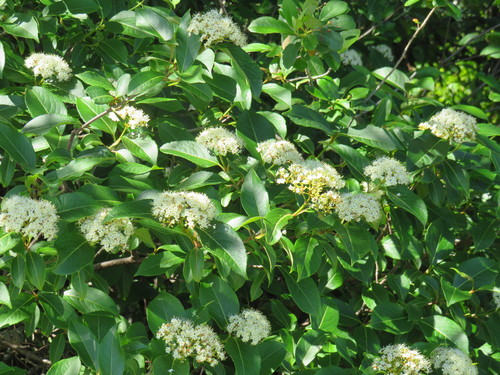
What a sight to behold, I was awe-struck the first time I saw these wild shrubs in bloom.
They’re like a utopia for insects! They attract all sorts of pollinators in huge numbers.
Northern wild raisin makes for a sturdy shrub that grows to considerable dimensions (up to 10 feet).
Additionally, you can collect the fruits to make tasty jams and cocktails.
Highbush Cranberry (Viburnum trilobum)
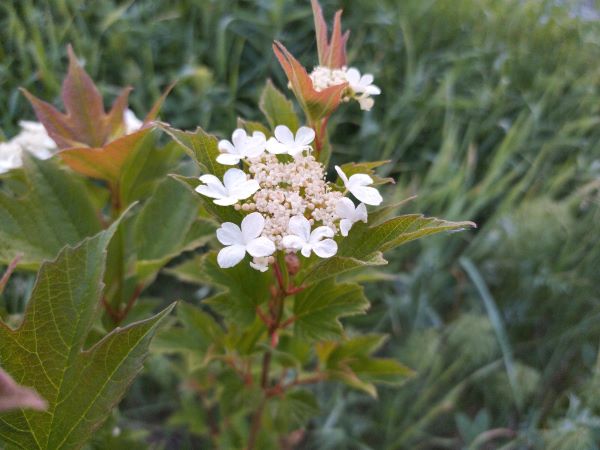
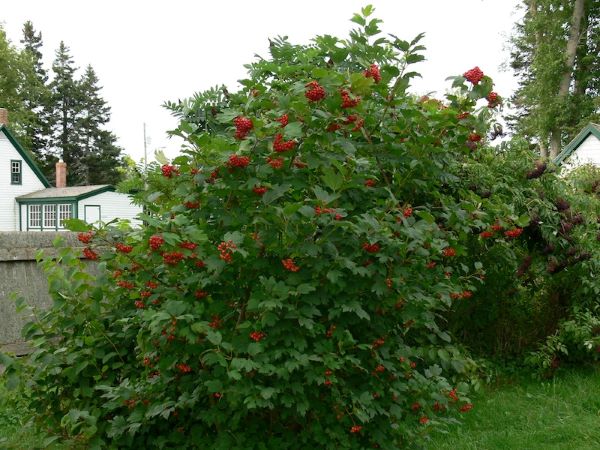
Highbush cranberry is among the most desirable ornamental shrubs for northern regions.
They grow into hefty bushes up to 10 feet tall and produce a gorgeous flower pattern which is followed by bright red fruits that attract birds.
It’s a solid choice as a hedge on a property line.
There are many more, but I figure this should give you a great list to start with.
We’ll be collecting and selling seeds for these zone 2 native shrubs on our new seed website: boreal bloom.
Keep an eye on our inventory as it refills by the end of the summer with our seed harvests.
Cheers, and happy gardening!

